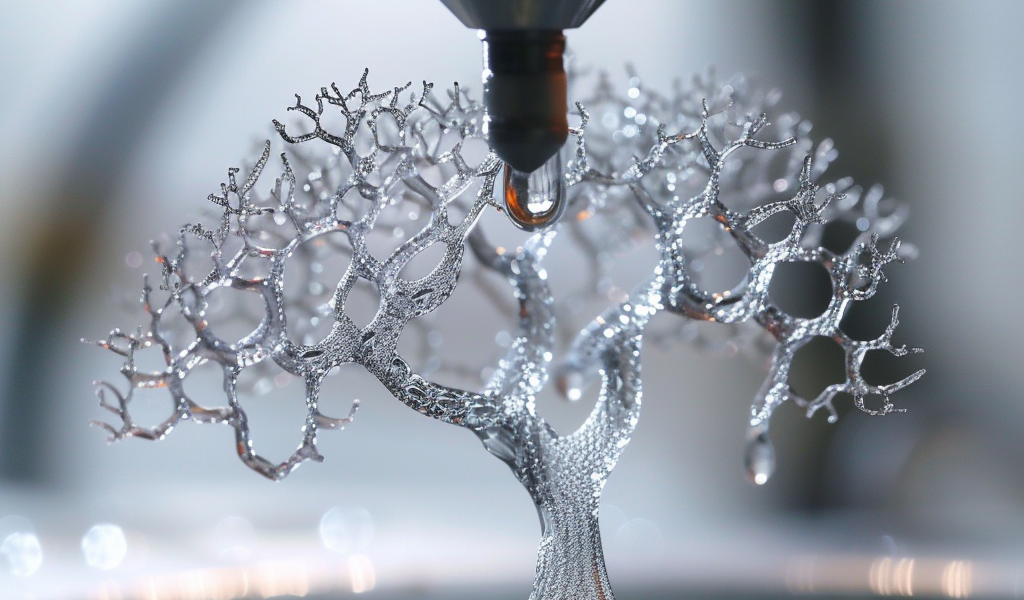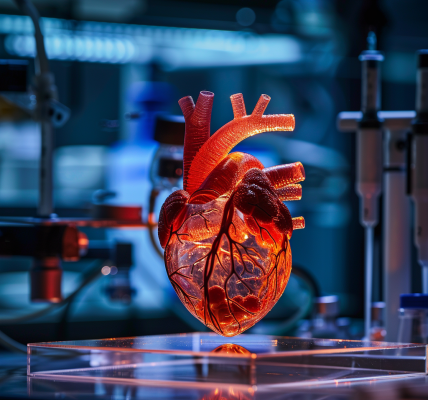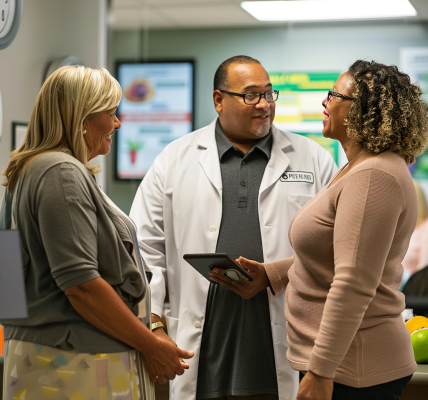A groundbreaking development in the field of organ transplantation has emerged, as researchers have successfully created blood vessel networks using 3D-printed ice templates. This innovative technique could potentially revolutionize the process of growing transplant organs in a lab setting.
The intricate network of veins, arteries, and capillaries essential for sustaining artificial organs has long posed a significant challenge in the field of artificial organ creation. However, a team of researchers at Carnegie Mellon University in Pennsylvania has made a significant breakthrough by utilizing 3D-printed ice molds to address this challenge.
By 3D printing a mold of an organ’s blood vessels in ice, the researchers were able to cast it in organic material and then allow the ice to melt away, leaving behind a delicate, hollow network. This method provides the necessary space for the development of artificial blood vessels crucial for lab-grown internal organs.
The lead researcher, Philip LeDuc, highlighted the critical importance of blood vessel networks in the creation of artificial organs. He emphasized that any flesh or organ material located more than 200 micrometers from a blood vessel is at risk of cell death due to a lack of access to nutrients. This limitation has hindered the efficient and cost-effective production of internal organs.
Previous techniques have been successful in growing artificial skin or ears, but the challenge lies in creating the intricate blood vessel networks required for sustaining internal organs. The team at Carnegie Mellon University addressed this challenge by experimenting with 3D printing blood vessels using wax, which, although effective, presented certain limitations.
However, a breakthrough occurred when the researchers turned to water as a biologically compatible material for 3D printing. This simple yet revolutionary idea led to the development of a technique that uses 3D printers to create molds of an organ’s blood vessels in ice. Subsequently, these ice molds were embedded in a gelatine material that solidifies under ultraviolet light, allowing the ice to melt away, leaving behind the intricate network of artificial blood vessels.
The process involved using a platform cooled to -35°C and a specialized printer nozzle capable of dispensing hundreds of water drops per second, enabling the creation of structures as small as 50 micrometers across. While the concept of the process is straightforward, meticulous tuning is required to ensure its effectiveness.
Despite its conceptual simplicity, the technique necessitates precise calibration, as dispensing drops too rapidly can result in a failure to achieve the desired shape, while slower dispensing can lead to the formation of irregular lumps. Furthermore, external factors such as weather and humidity can impact the system, prompting the researchers to explore alternative approaches to mitigate these challenges.
This groundbreaking advancement in 3D-printed ice templates for creating blood vessel networks offers promising prospects for the future of organ transplantation. By overcoming the complexities associated with developing artificial blood vessel networks, this innovative technique has the potential to significantly enhance the efficiency and accessibility of lab-grown internal organs.





